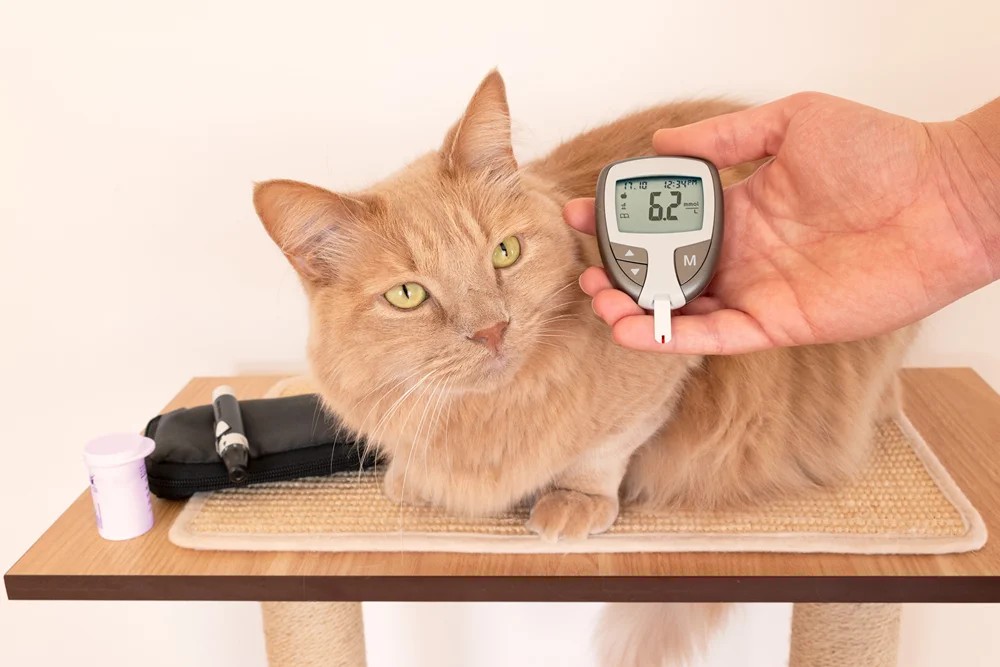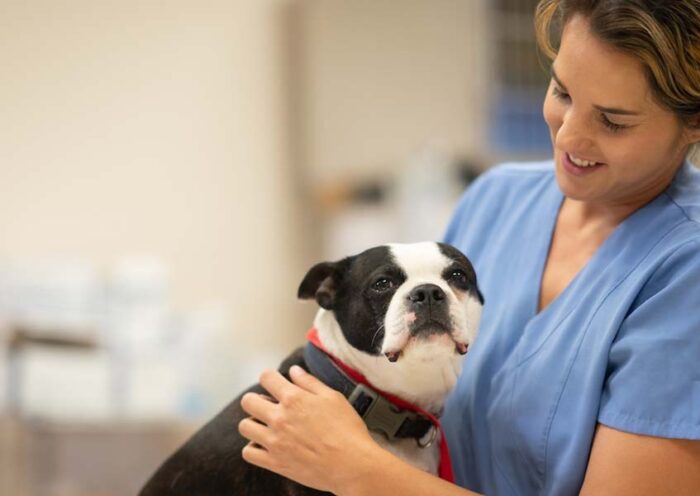
Signs Your Dog Might Need a Canine Glucometer
If your dog experiences unexplained weight loss, excessive thirst and urination, notable changes in appetite, lethargy, or recurring infections and skin issues, it may indicate diabetes, necessitating a canine glucometer. Diabetes disrupts glucose utilization, leading to such symptoms. Catching these signs early can prevent severe complications. Monitoring blood glucose levels is essential, particularly if you notice these symptoms. Understanding these indicators further will assist in providing better care for your furry companion.
Unexplained Weight Loss
When observing your dog’s health, unexplained weight loss can be a critical indicator of underlying issues such as diabetes. As a dedicated pet owner, you should recognize this symptom as a potential red flag. Possible causes of weight loss include metabolic disorders, gastrointestinal problems, or diabetes. These conditions can lead to significant health implications if not addressed promptly. Diabetes, for instance, disrupts your dog’s ability to utilize glucose efficiently, resulting in muscle wasting and fat loss despite normal or increased food intake. Monitoring these changes is essential in veterinary care. Early detection and intervention can prevent more severe complications. Ensuring your dog’s well-being requires vigilance and a proactive approach to managing potential health challenges.
Excessive Thirst and Urination
In addition to unexplained weight loss, another hallmark symptom of potential diabetes in dogs is excessive thirst and urination. If your dog suddenly engages in excessive drinking, it’s vital to note this. This behavior often indicates that your dog’s body is attempting to flush out excess glucose. With this increased liquid intake, your furry friend will likely need to make frequent bathroom trips. Monitoring these changes can be significant in identifying the early stages of diabetes. A canine glucometer may be required to regularly check your dog’s blood glucose levels. By being vigilant about these symptoms, you can guarantee timely intervention, thereby improving your dog’s quality of life and potentially preventing further complications.
Changes in Appetite
A noticeable change in your dog’s appetite can significantly indicate diabetes. You might observe either an insatiable hunger or a sudden lack of interest in food. These changes in behavior aren’t just about the food but are often accompanied by increased irritability. Your dog might become more impatient or anxious, impacting interactions with family and other pets. This behavioral shift can lead to stress for both you and your pet, underscoring the importance of monitoring these signs closely. When you notice such patterns, consulting a veterinarian is essential. They can guide you on whether a canine glucometer is necessary, helping you effectively manage your dog’s condition and ensure their well-being.
Lethargy and Lack of Energy
Observing your dog’s energy levels can provide essential insights into their health, particularly concerning potential diabetes. A noticeable drop in energy, characterized by low activity and lethargy, often signals that something’s amiss. If your dog, once lively and playful, now shows reluctance to engage in daily walks or playtime, these behavioral changes warrant attention. Such signs could indicate an imbalance in blood sugar levels, potentially necessitating a canine glucometer for monitoring.
Lethargy in dogs isn’t always straightforward; it might appear as extended sleep, reduced interest in favorite activities, or general listlessness. By diligently monitoring these changes, you can help guarantee their well-being. If you notice persistent low energy, consult your veterinarian to discuss further evaluation and testing for diabetes.
Recurring Infections or Skin Issues
Beyond changes in energy levels, you’ll also want to pay attention to your dog’s skin and overall health, as recurring infections or skin issues can indicate underlying problems like diabetes. Skin allergies and persistent itching are not just bothersome; they might signal more serious conditions. When your dog’s immune system is compromised due to high blood sugar, it becomes more susceptible to infections. Look for signs such as frequent ear infections, hot spots, or excessive licking and scratching. These symptoms could indicate that your dog’s body struggles to regulate glucose levels effectively. By recognizing these signs early, you can guarantee your pet receives the necessary care, potentially including a canine glucometer to monitor their condition.
Conclusion
If your dog’s health is puzzling, it might be time to play detective. Just as Sherlock Holmes never ignored subtle clues, don’t overlook signs like unexplained weight loss, excessive thirst, or lethargy. These symptoms could be your dog’s way of signaling a need for a canine glucometer. By monitoring glucose levels, you’re not just solving a mystery but safeguarding your dog’s well-being. So, embrace your inner sleuth and guarantee your furry friend’s health remains elementary.





